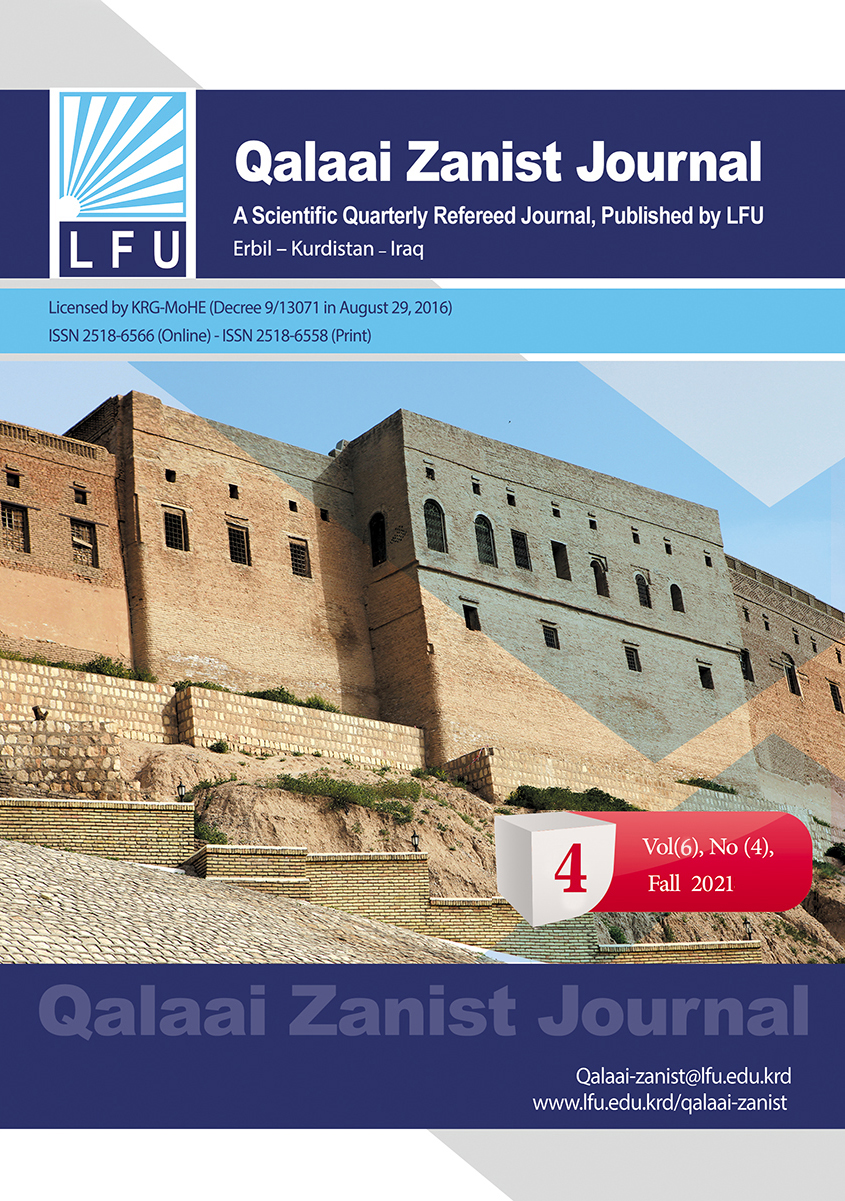The Basics of Formal Logics (Aristoteles as Example)
##plugins.themes.bootstrap3.article.main##
Abstract
Our study of Aristotle's formal logic consists of an introduction, four chapters, and a conclusion, which we tried to make a way for the subject in the first place and explain the different sides and then we called the content of the subject according to the following sections:
We have dedicated the first part to the meaning and main meaning of logical existence that has started in four parts In the first place, we have discussed the meanings and some logic words and we have explained some different things In the second round, we tried to discuss the relationship between logic and philosophy and counted logic as a major and uncut part of Philosophy. In the third round, we discussed the relationship between logic and science, and we explained the differences of different opinions. In the fourth round, we focused on historical issues and we discussed their views and mentality about logic.
We have dedicated the second part to the subject's place, which is the logic of Aristotle's face, which consists of five years. In the first round, the words and types of words have been discussed and the differences have been explained, and in the second round we have looked at the subject of the category, we have analyzed the other types of the categories and have given them samples.
Downloads
##plugins.themes.bootstrap3.article.details##
How to Cite
Copyright (c) 2021 Hamid Aziz

This work is licensed under a Creative Commons Attribution 4.0 International License.

